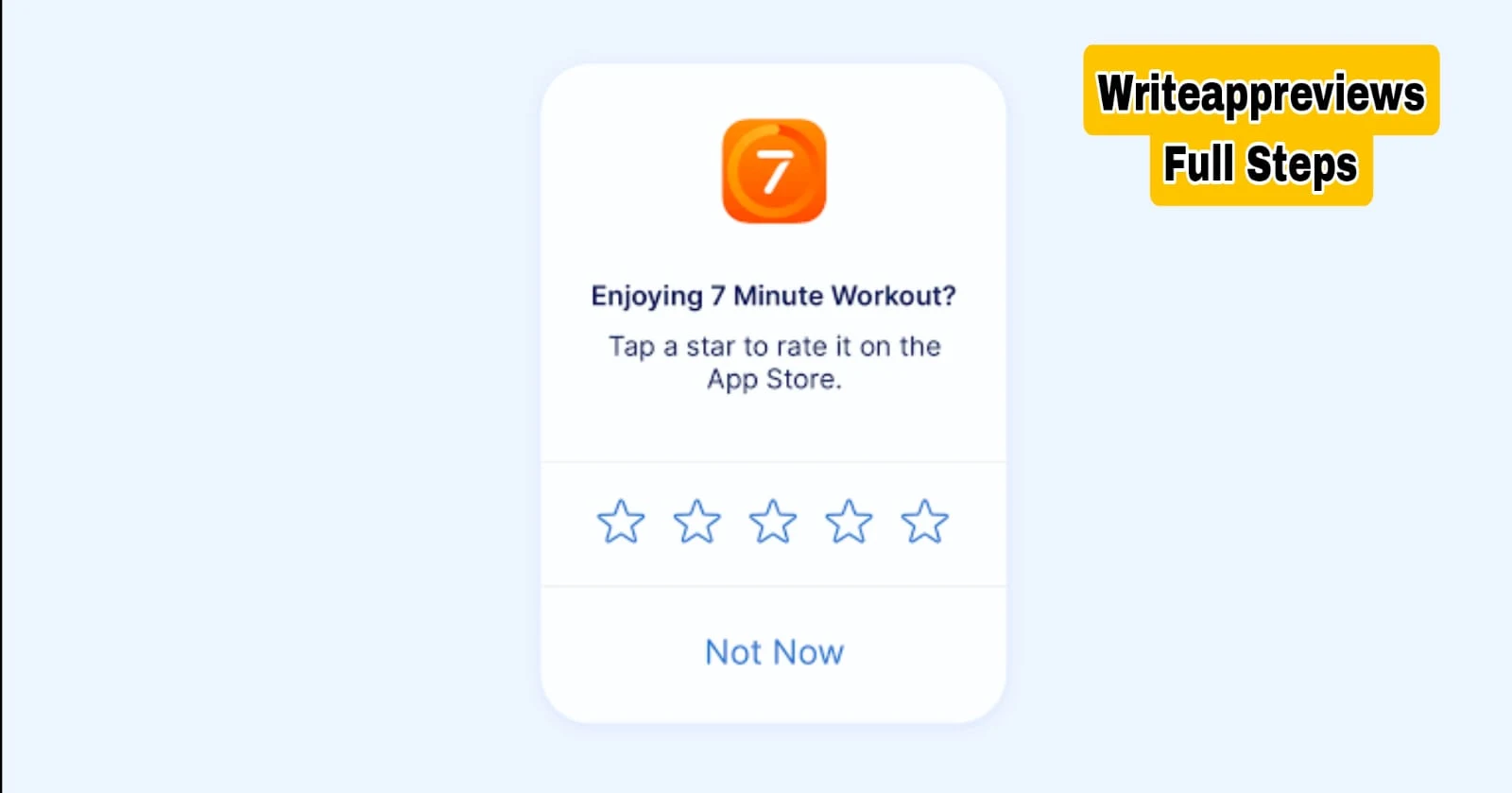App reviews are a powerful tool for bloggers, content creators, and tech enthusiasts to provide value to readers. Crafting a detailed and engaging review not only helps users make informed decisions but also builds your reputation as a reliable source. In this guide, we’ll walk you through the steps to write impactful app reviews while keeping SEO best practices in mind.
Why Write App Reviews?
- Educate Your Audience
App reviews offer readers valuable insights into an app’s features, usability, and performance. This helps users decide whether the app fits their needs.
- Establish Authority
Consistently publishing well-crafted reviews positions you as an expert in your niche, fostering trust and attracting a loyal audience.
- Generate Revenue
App reviews open up monetization opportunities through affiliate marketing, sponsored posts, or ad income.
Steps to Write App Reviews
- Select the Right App
Choosing the right app is key to a successful review. Prioritize apps that are:
Trending or popular
Relevant to your target audience
Recently released or updated
- Test the App Thoroughly
Download and explore the app to understand its features, interface, and functionality. Spend sufficient time using it to provide an informed opinion.
- Research the App
Gather information about the app’s developers, purpose, and history. This background adds depth and credibility to your review.
- Organize Your Review
Structure your review to make it easy to read and engaging. Use the following format:
Introduction
Briefly describe the app and its purpose.
Identify the target audience.
Share your overall impression in a concise manner.
Features and Functionality
Highlight key features and their benefits.
Discuss any standout functionalities.
User Experience (UX)
Evaluate the app’s design and interface.
Comment on usability and navigation.
Address any bugs or issues encountered.
Pros and Cons
List the app’s strengths and weaknesses.
Maintain an objective and balanced perspective.
Pricing and Value
Explain the app’s pricing structure (e.g., free, freemium, subscription-based).
Assess whether it delivers value for the cost.
Comparison
Compare the app with similar options in the market.
Highlight its unique advantages or shortcomings.
Conclusion
Summarize your thoughts.
Recommend the app to specific user groups or scenarios.
Include a call-to-action (e.g., download the app, leave feedback, etc.).
- Incorporate Visuals
Enhance your review with screenshots and videos. Visuals help readers understand the app’s interface and features, making your content more engaging.
- Optimize for SEO
Follow these tips to improve the visibility of your review:
- Keyword Research: Use tools like Ahrefs or Google Keyword Planner to find relevant keywords, such as "[App Name] review" or "best [category] app."
- Meta Description: Craft a compelling meta description with your primary keyword.
- Headings and Subheadings: Use descriptive H1, H2, and H3 tags to organize your content.
- Internal and External Links: Link to related articles and credible external resources.
- Alt Text for Images: Write descriptive alt text for all visuals, including keywords where appropriate.
- Mobile Optimization: Ensure your review is responsive and easy to read on mobile devices.
- Engage with Readers
Encourage interaction by:
Asking questions (e.g., "What feature do you like most about this app?")
Inviting feedback and comments
Sharing your review on social media to reach a broader audience
Common Pitfalls to Avoid
- Being Too Promotional
Maintain objectivity. Avoid overly promotional language that may reduce your credibility.
- Neglecting SEO
An unoptimized review might not reach its target audience. Invest time in SEO practices to boost visibility.
- Lack of Detail
Shallow reviews fail to engage readers. Provide in-depth analysis and thorough testing.
- Ignoring Updates
Apps frequently evolve. Keep your reviews up to date with the latest features, fixes, or pricing changes.
Tools to Enhance Your Reviews
- Screen Recording Tools
Use tools like OBS Studio or Loom to record app walkthroughs.
- Keyword Research Tools
Platforms like SEMrush, Ubersuggest, or Google Trends help you identify high-impact keywords.
- Writing and Editing Software
Leverage Grammarly or Hemingway Editor to improve the quality of your writing.
- Social Media
Promote your reviews on platforms like Instagram, Twitter, or LinkedIn to maximize reach.
Monetizing Your Reviews
- Affiliate Marketing
Join affiliate programs to earn commissions when readers download or purchase apps via your links.
- Sponsored Posts
Collaborate with developers for sponsored reviews. Ensure transparency by disclosing paid partnerships.
- Ad Revenue
Use platforms like Google AdSense to monetize your website or blog.
- Membership Programs
Offer exclusive content through platforms like Patreon to generate additional income.
Final Thoughts
Writing app reviews is a rewarding endeavor that blends creativity with technical knowledge. By offering honest insights, engaging visuals, and SEO optimization, you can create impactful reviews that serve your readers and elevate your platform. Whether you’re an experienced reviewer or just starting out, these tips will help you succeed in the competitive world of app reviews.
Read More: -







.jpeg)

